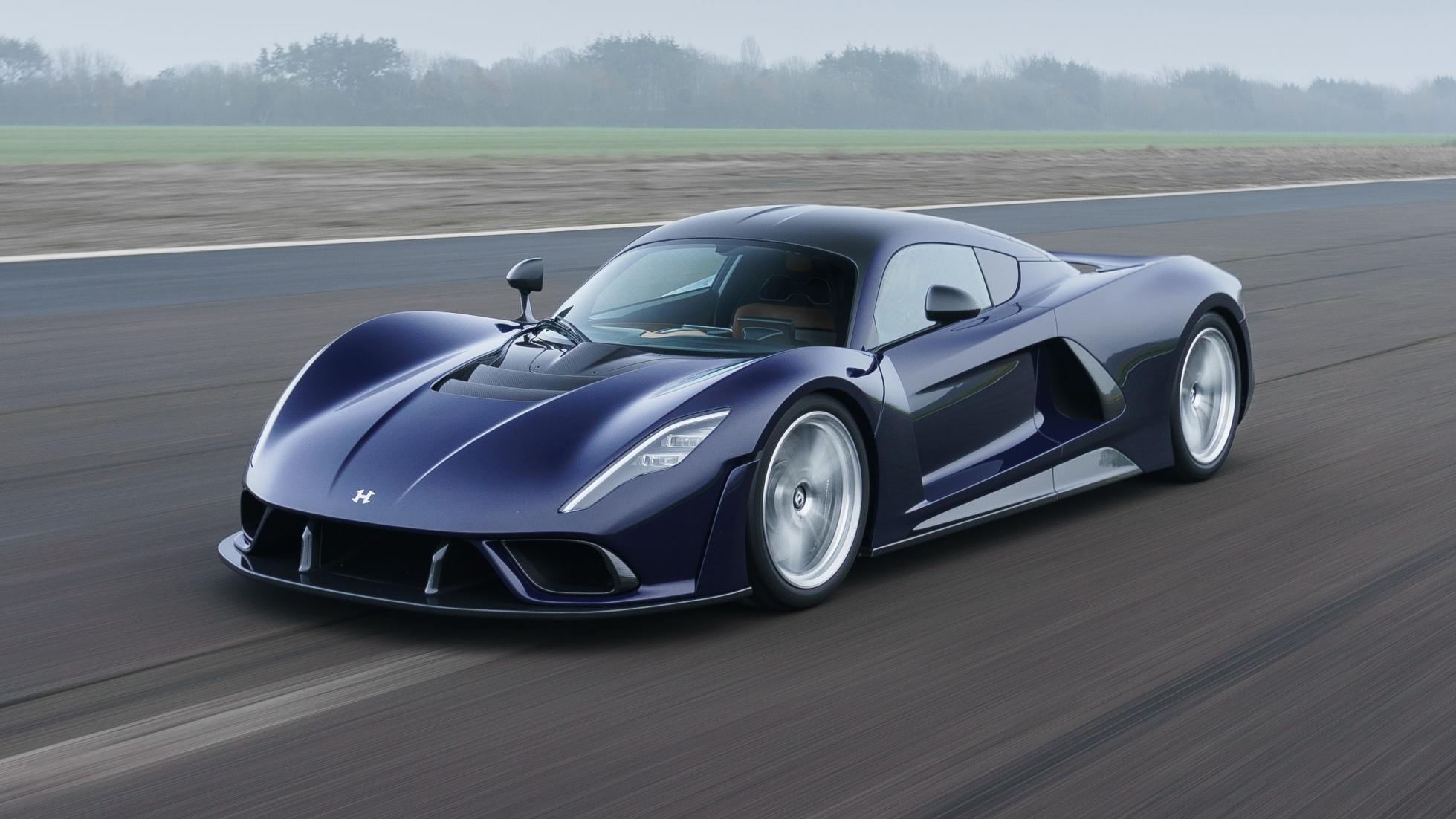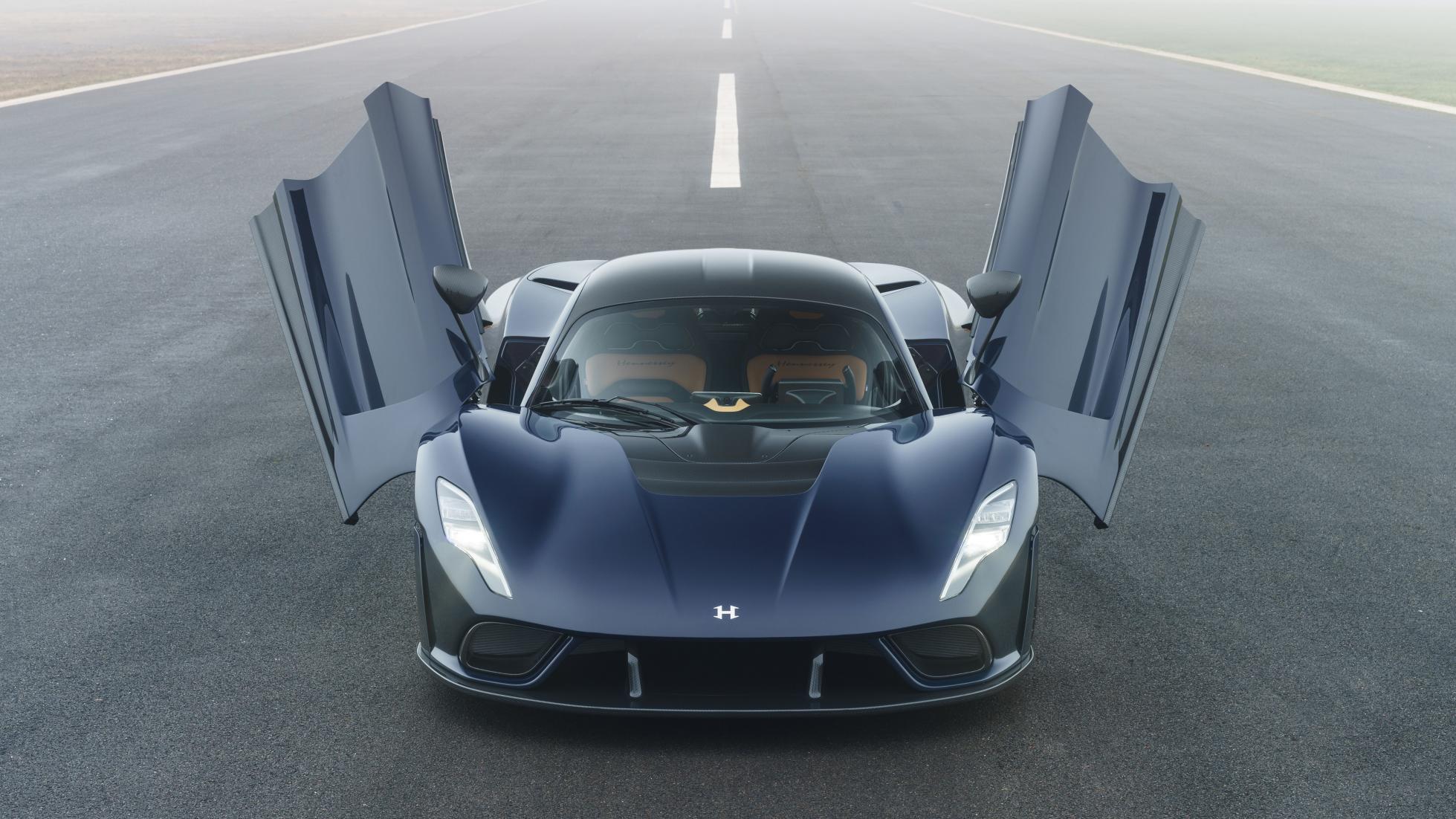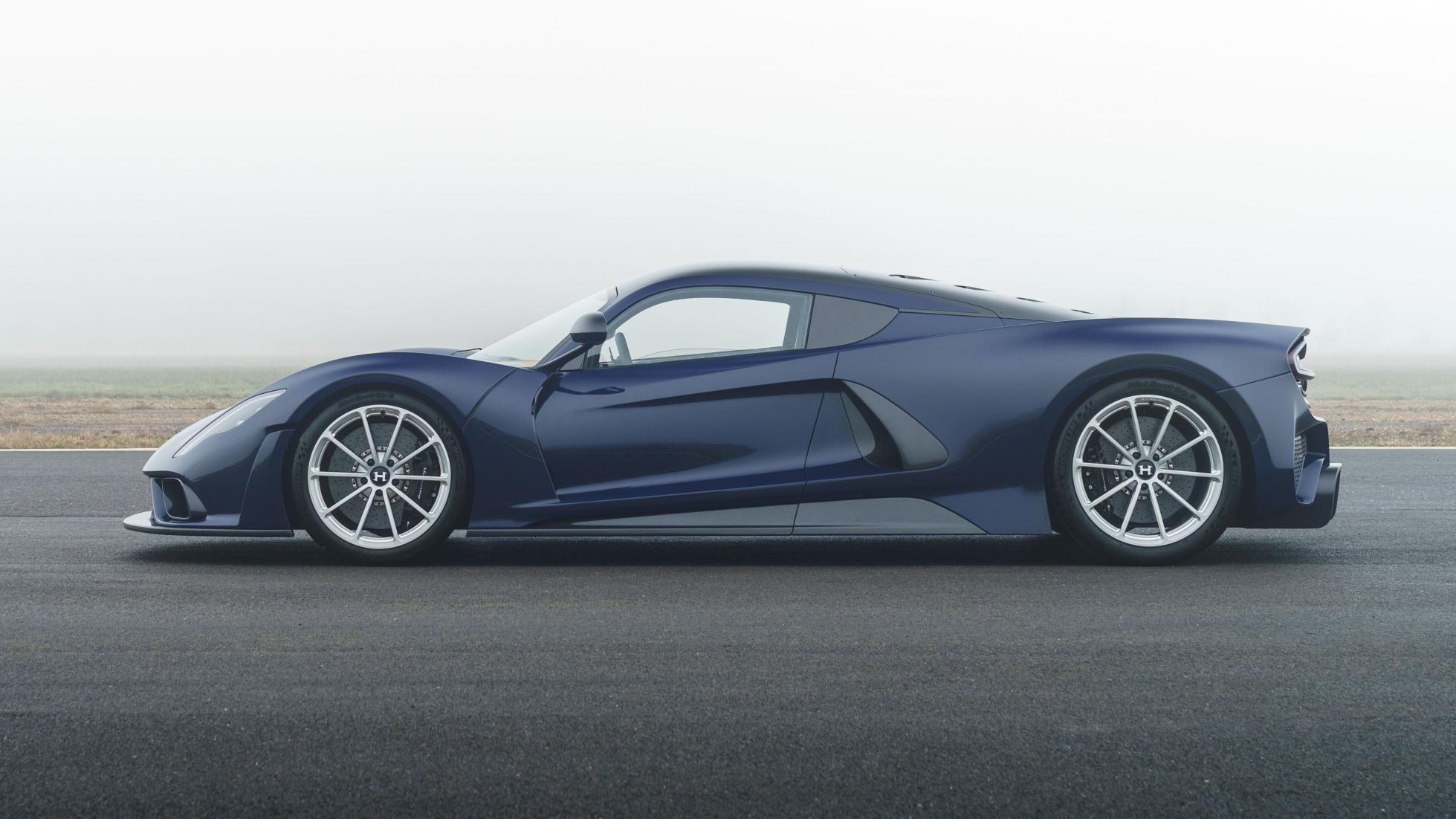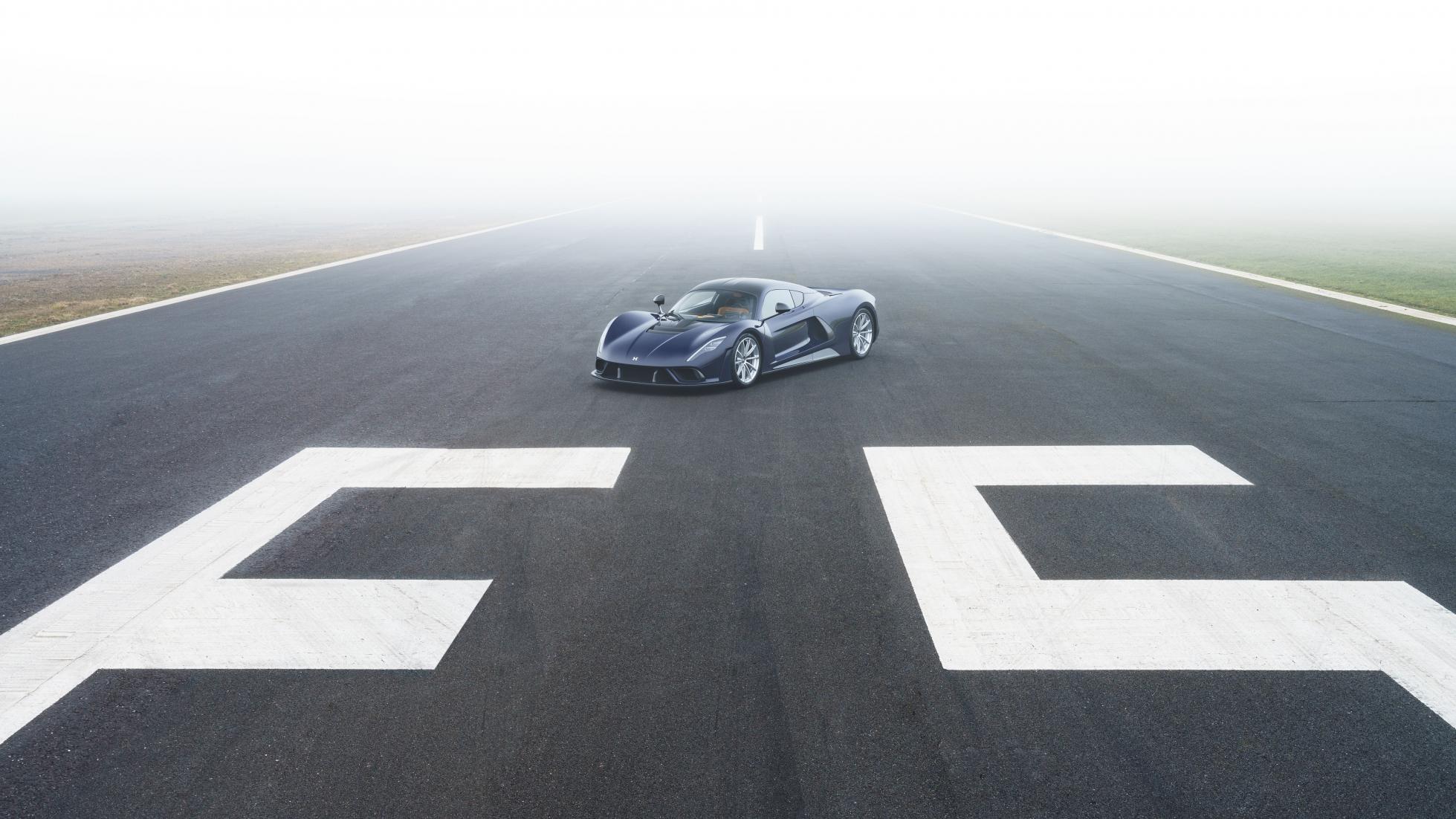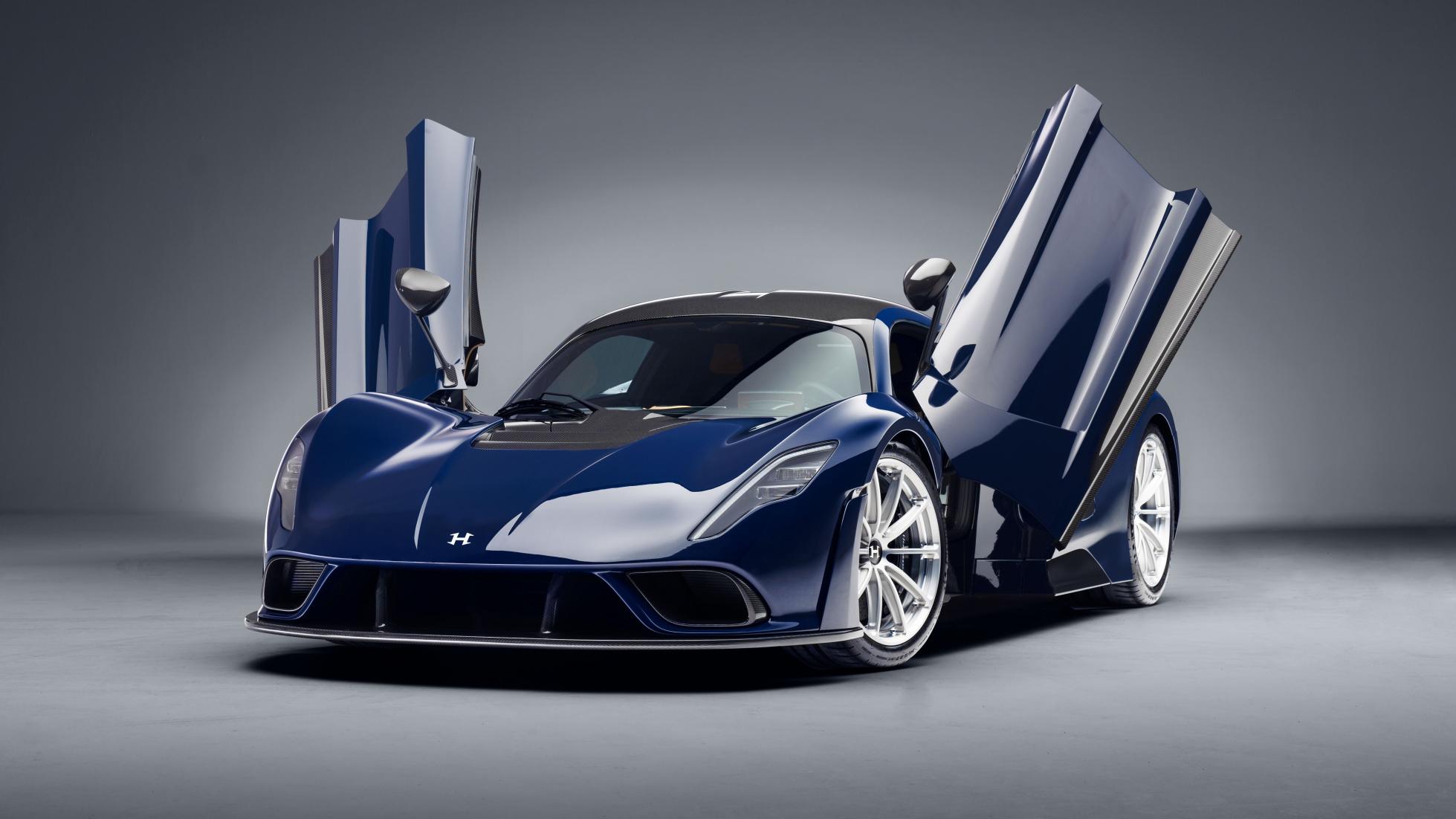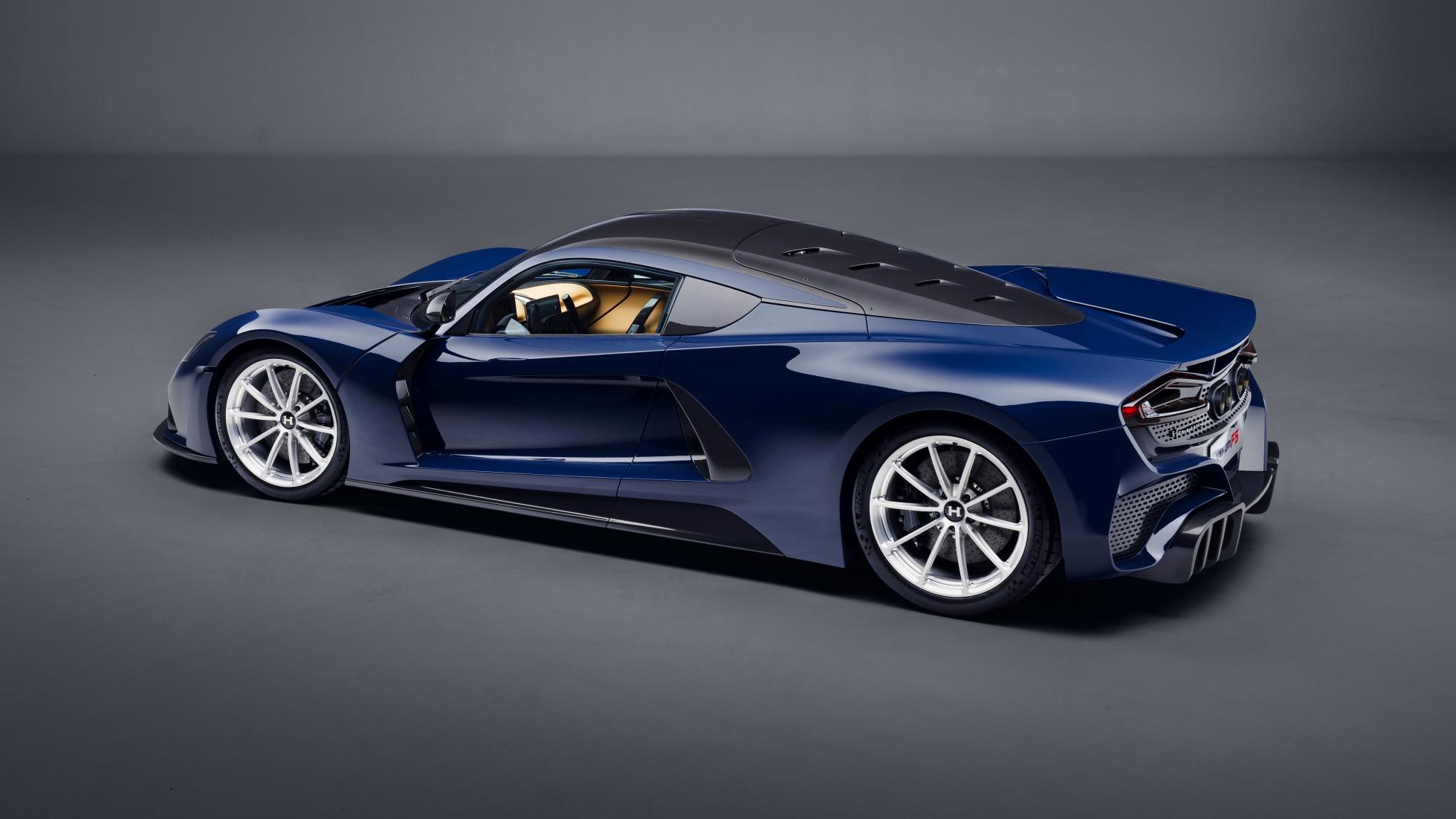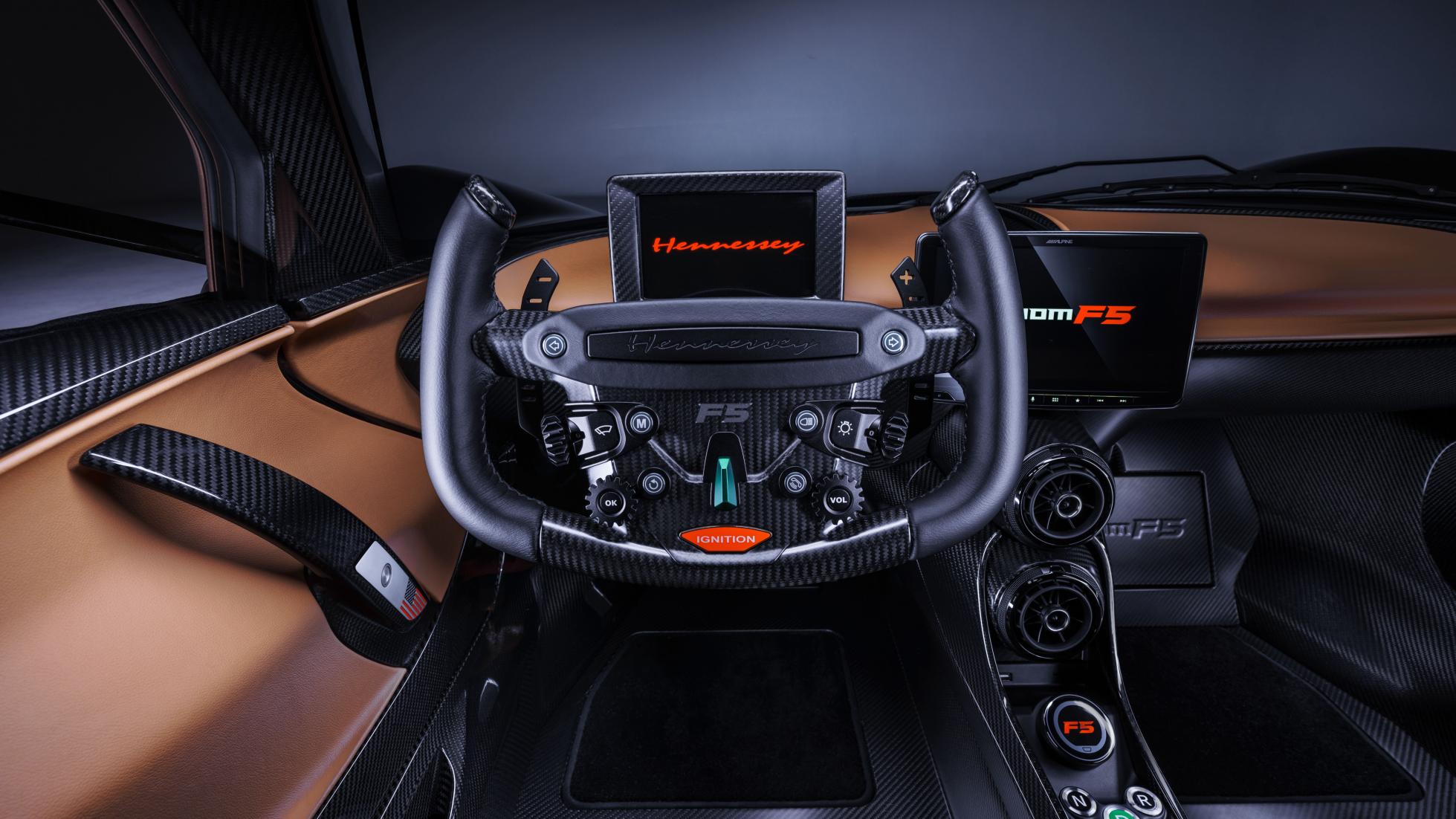You’re looking at the first production prototype of the Hennessey Venom F5 – the long-awaited 300mph+ (over 483kph) all-American hypercar, and spoiler alert… it doesn’t disappoint. Let’s start with the F5 name, derived from the Fujita tornado intensity scale, F5 being the most, er, intense with wind speeds of up to 318mph (511kph) - a number that will come into sharp focus in few paragraph’s time.
Ready for some numbers? Warning, you might want to give your brain a hard reboot before taking this lot in.
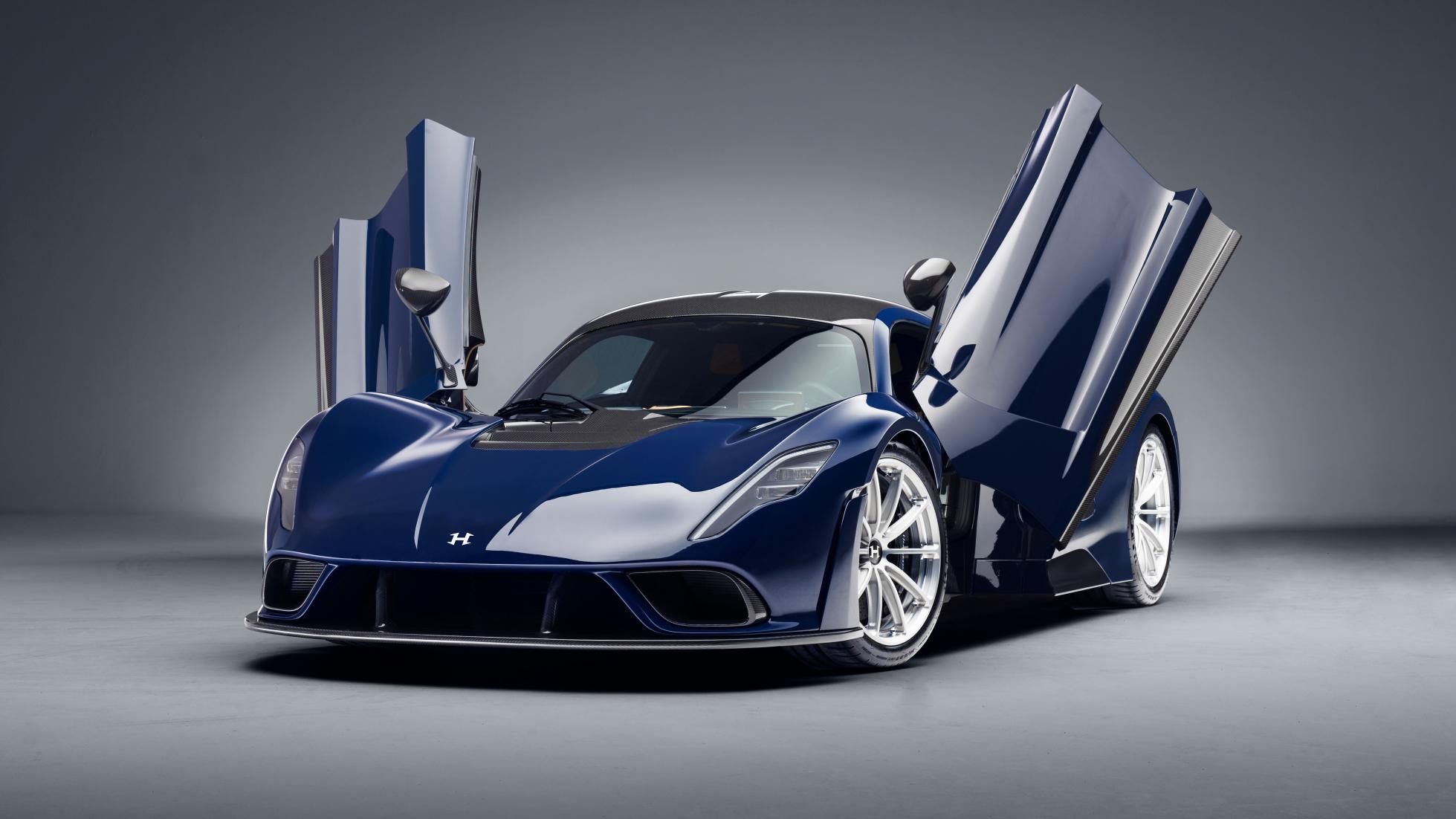
The F5’s engine is a 6.6-litre twin-turbo V8 called Fury, that produces over 1,792bhp at 8,000rpm and 1,616Nm of torque at 5,000rpm making it, for now at least, the most powerful road car engine in the world. Thanks to its bespoke carbon tub, carbon panels and not a lot else it weighs 1,360kg dry, just 30kg more than a Ferrari F8 Tributo… and yet it has over 1,000bhp more. Power to weight ratio is 1,298hp-per-tonne. I’ll let that one marinade for a moment.
Although based on GM’s classic LS pushrod V8, everything from the dry sump, to the cast-iron block, titanium intake valves, dustbin-lid turbos, sprinkler-sized fuel injectors (two per cylinder) and engine management system is bespoke and adapted from the world of drag racing, which isn’t surprising when you’re producing as much power as seven and a half Golf GTIs. The gearbox is a seven-speed single clutch semi-auto with paddle shifts, although given the unholy grunt-to-grip ratio, available power is carefully managed, especially in the first four gears, otherwise you’d be spinning your tyres all the way to 150mph (241kph) and beyond.
Early simulations predict a modest 0-62mph (100kph) time of 2.6 seconds, followed by fireworks: 0-124mph (200kph) in 4.7s and 0-250mph (402kph) in 15.5s. That last figure? More than twice as fast as a Bugatti Chiron, and over seven secs quicker than a Koenigsegg Regera – the current 0-250 (402)-0kph champ. Target top speed is 311mph (500kph), the theoretical top speed (taking into account the 8,500rpm limiter and gear ratios) is around 340mph (489kph), although the true, drag-limited top speed lies somewhere between those two numbers.
It’ll cost £1.9million (approx. RM10.36million), only 24 will be built starting from next year and – based on starting and idling the engine in the studio until my eardrums were buzzing and eyes watering uncontrollably – it’ll sound like the inside of an avalanche.
For anyone not familiar with John Hennessey he’s the man who’s spent 30 years modifying trucks, muscle cars and supercars to bursting point, culminating in the Lotus Exige based Venom GT which grabbed the world’s fastest car gong back in 2014 with a 270.49mph (435.31kph) run. “The idea of the F5 came along after the Venom GT had achieved a level of success, but we knew we wouldn’t get the credit we deserved until we built our own car,” John explains. “We didn’t want a one-hit top speed wonder, we wanted a car with a proper amount of balance and downforce at 300mph (483kph), but one that could still be driven on a B-road in the UK, or a circuit.”
We’ll see about that, but the fundamentals appear right. The tub weighs just 86kg and surpasses the Chiron for torsional rigidity. The dampers are manually, not electronically, adjustable to save weight, the brakes are Brembo carbon ceramics, the wheels are forged aluminium (staggered, so 19s at the front, 20s at the back) and the tyres aren’t bespoke unicorns, they’re off-the-shelf Michelin Pilot Sport Cup 2s. Even so, John is confident they’ll hold up at 300mph (483kph) and beyond.
“We will be able to measure each tyre as the car goes past 200 (322kph), 250 (402kph) and starts inching towards 300mph (483kph). We will know the load, temperature and pressure at each corner, if anywhere along the way we don’t feel the car should go beyond a certain point we may speed limit the car. But we don’t want to do that, we don’t intend to do that.” And the F5’s first high-speed test is already set for Spring 2021 on the shuttle landing strip at Kennedy Space Center in Florida.
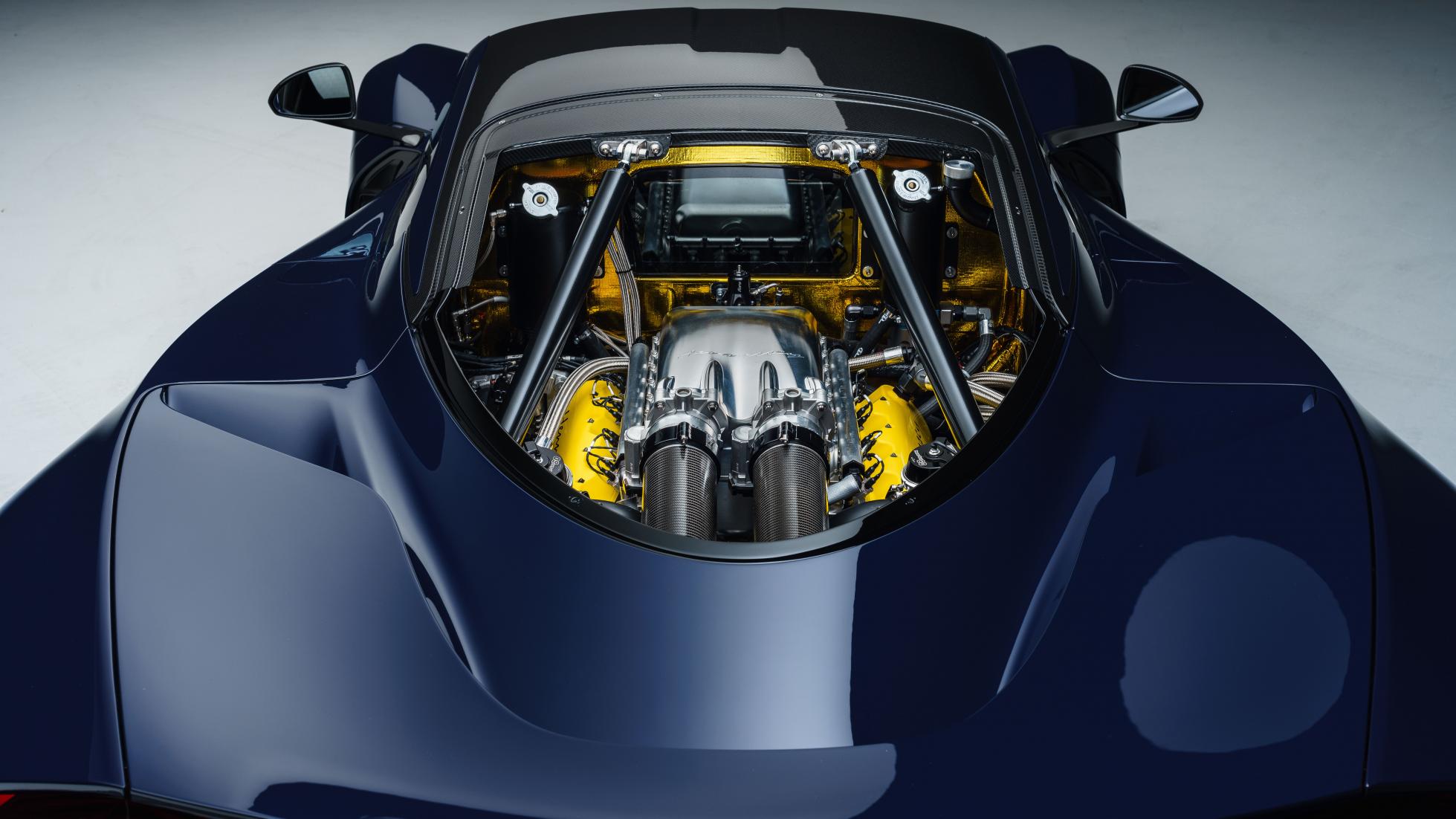

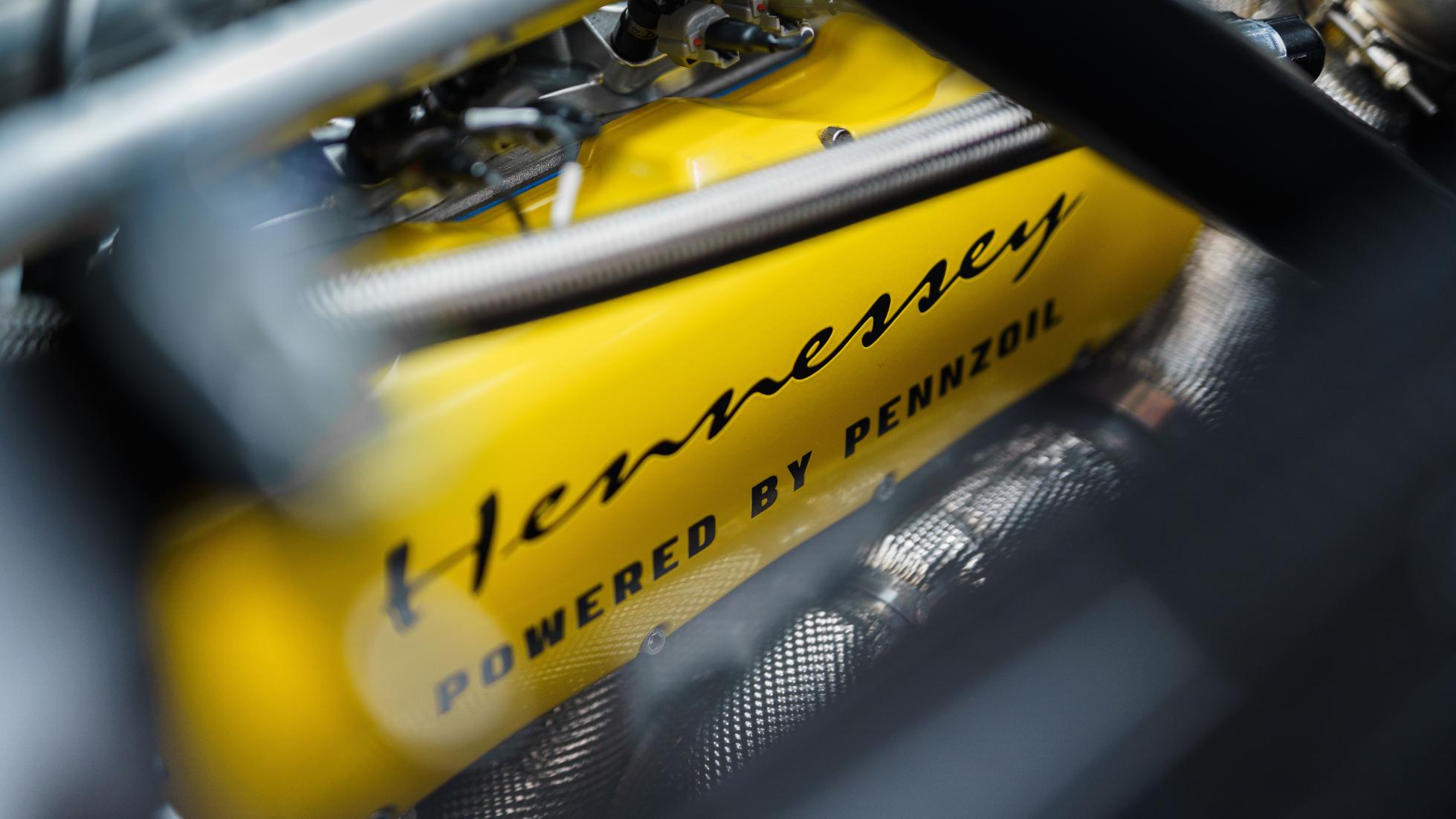
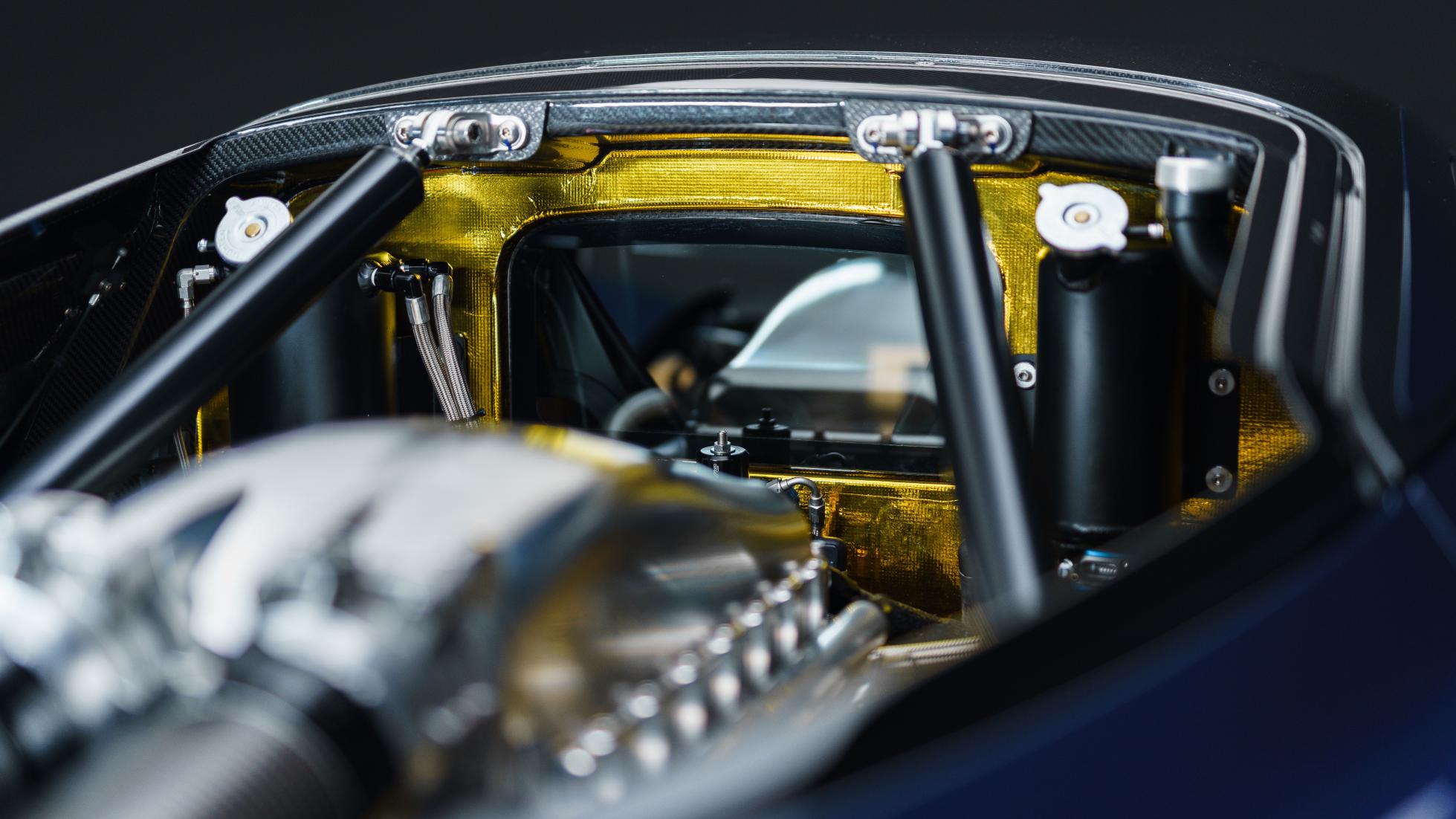


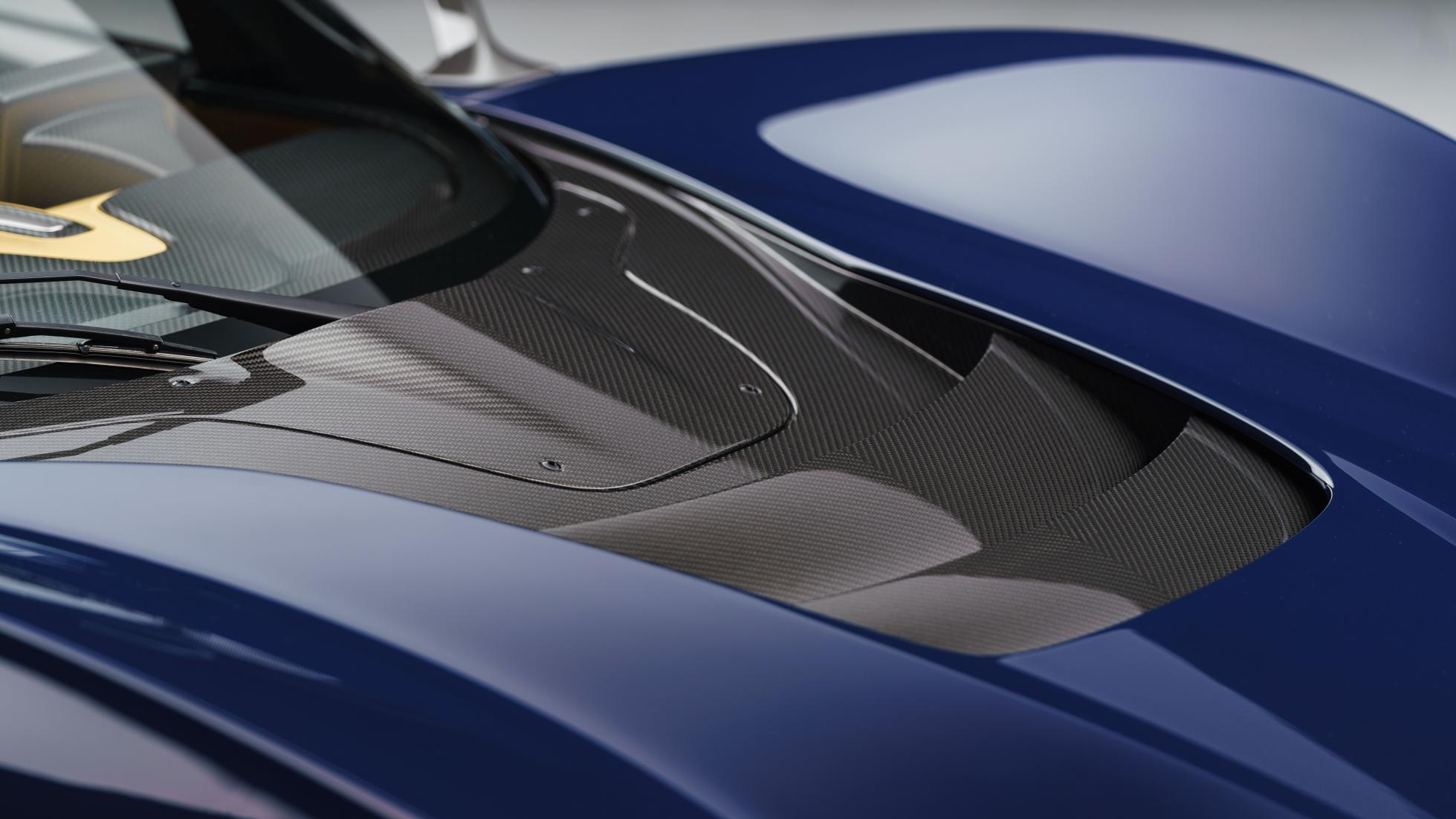

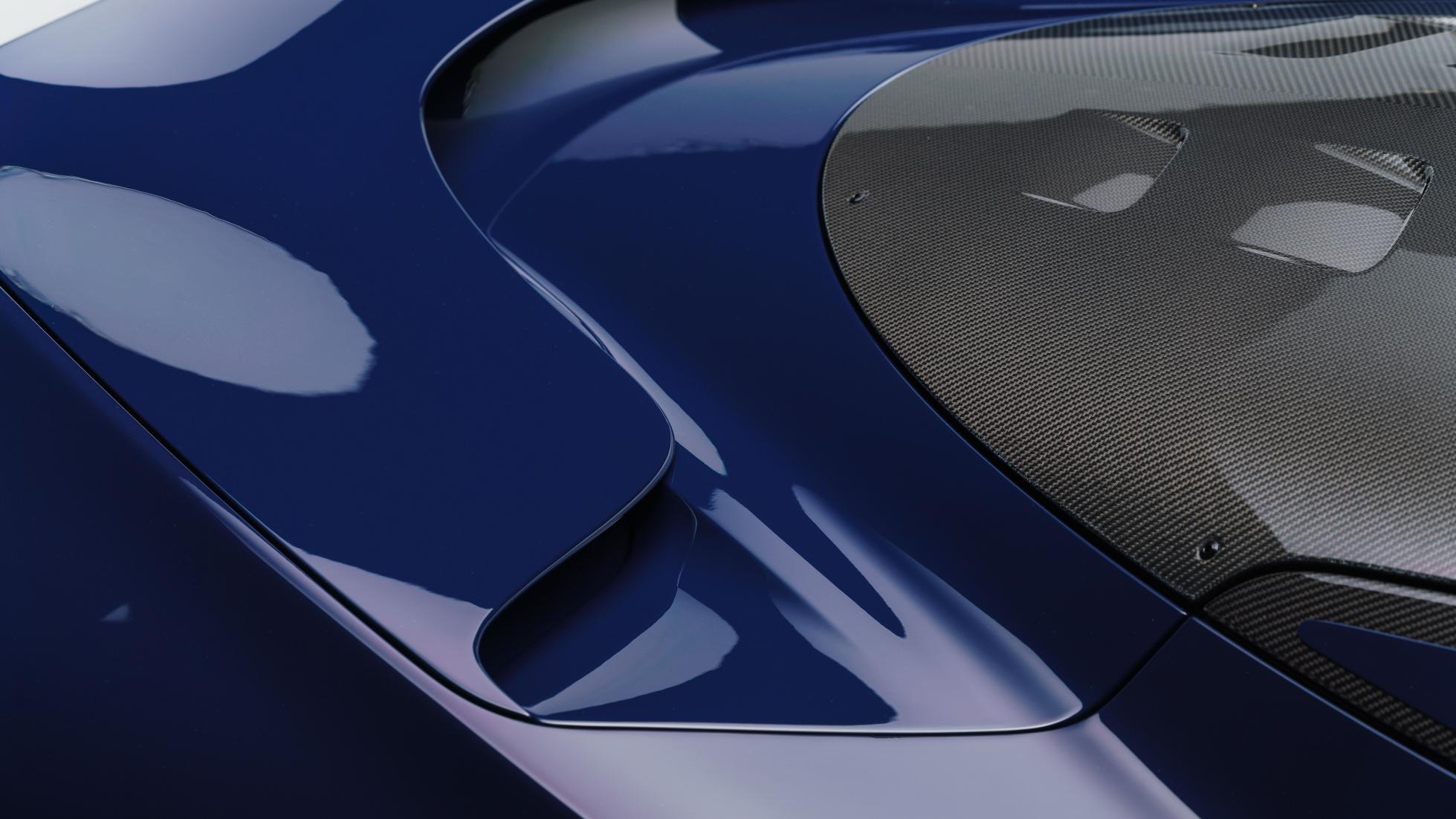

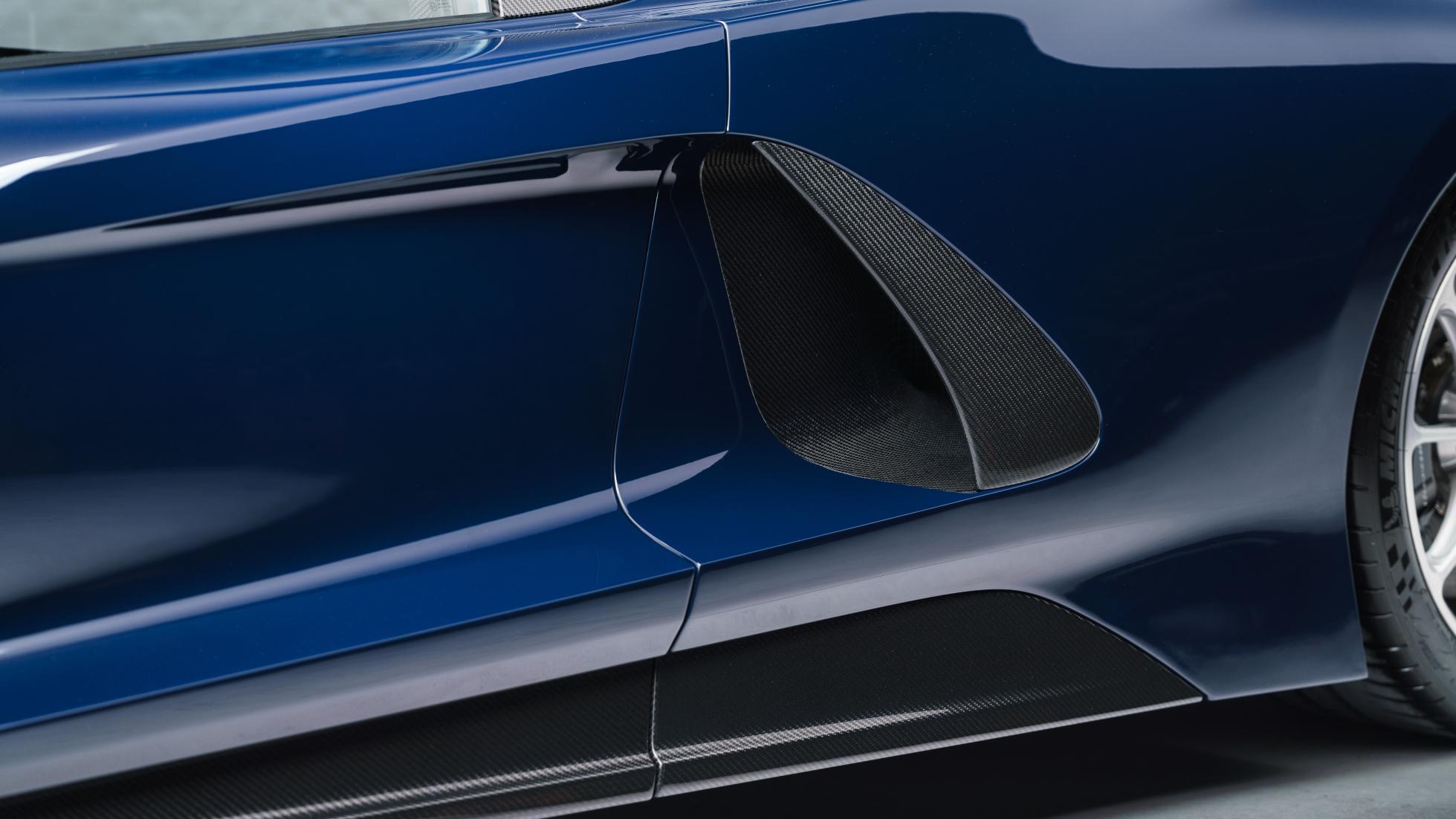



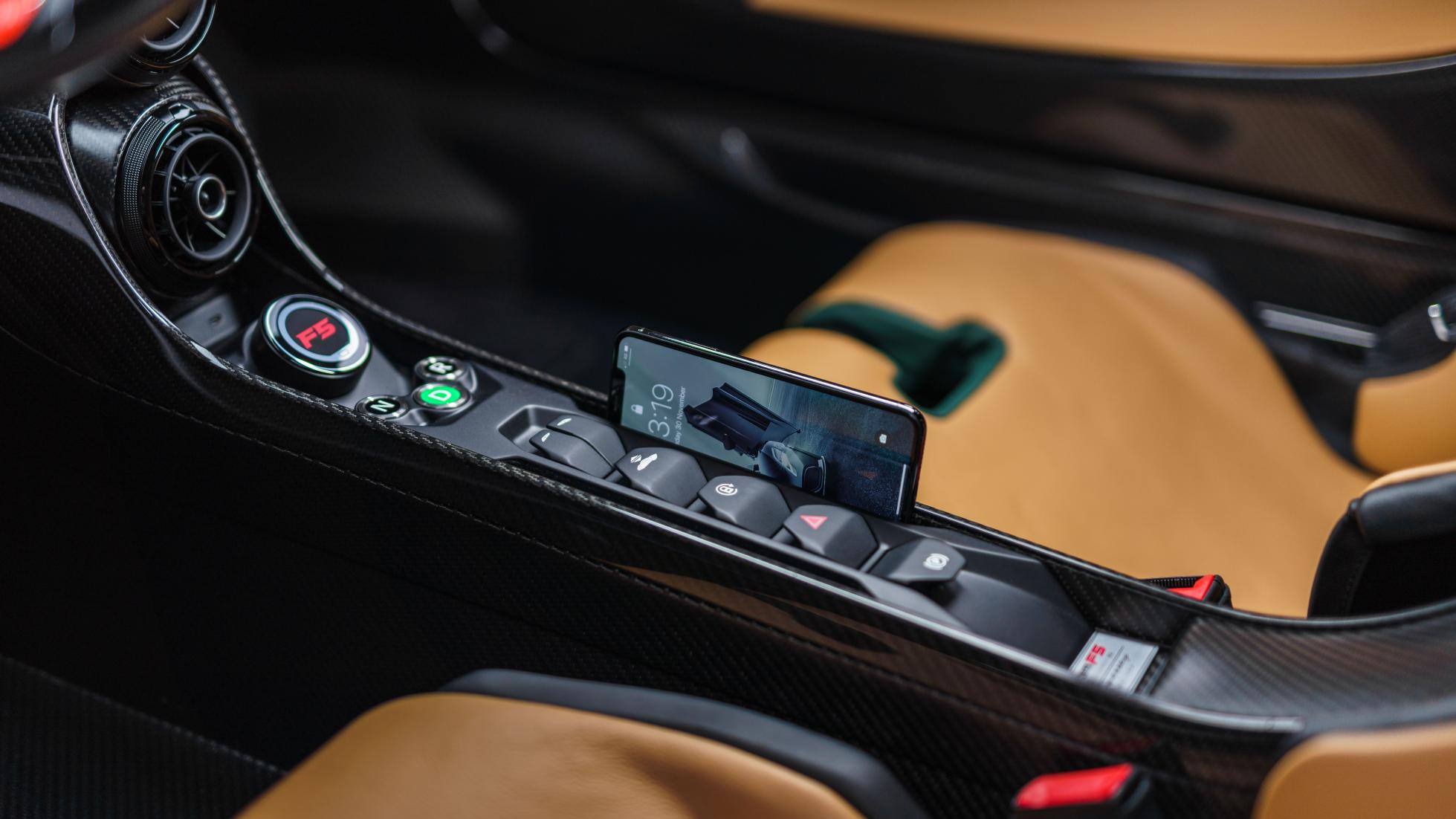
“Whatever car we do the testing with, there will be nothing special about it; the power delivery, the calibration, the tyres, the setting will be exactly the same as for all 24 customer cars. That runway from end to end is 3.2-miles (5.15km) long, so we can run on wide-open throttle for 2.2 miles (3.54km), then we need that final mile to slow down. What speeds can we hit in that distance? It might run in the realm of 300mph (483kph), maybe a little below, maybe a little above.” Not bad, bearing in mind that it’s working in roughly half the distance the Bugatti Super Sport 300+ had at Ehra-Lessien for its 304.77mph (490.48kph) record in 2019. Back to John: “What about 500kph? We’ll need to find a public road somewhere, ideally I’d like to do it here in Texas.”
To keep drag to a minimum, but maintain enough stability to stay the right way up at these stratospheric speeds, you’ll notice there’s no ironing board rear wing or jutting front spoiler. However, if downforce is more your thing, Hennessey will sell you both of those to bolt on as part of a track pack. Personally? I’d keep it clean, slippery, the way it was intended. It’s not like there’s zero scope for peacocking. Around the back you can show off your toothy diffuser, machined carbon-fibre mesh and quad stainless steel exhausts surrounded by a panel sprayed in a heat-resistant ceramic coating – the same stuff used to line the inside of guns. You can take the boy out of Texas…
Swing open the butterfly doors, nod in appreciation at the slimline sills and your surprisingly graceful entry then marvel at an interior that’s, actually, brilliantly thought out. The chopped steering wheel and target graphics on the instrument cluster are obvious fighter references “because at 500kmh you’re less of a driver, more of a pilot”, apparently, but in fact losing the top of the wheel means a perfect view straight ahead.
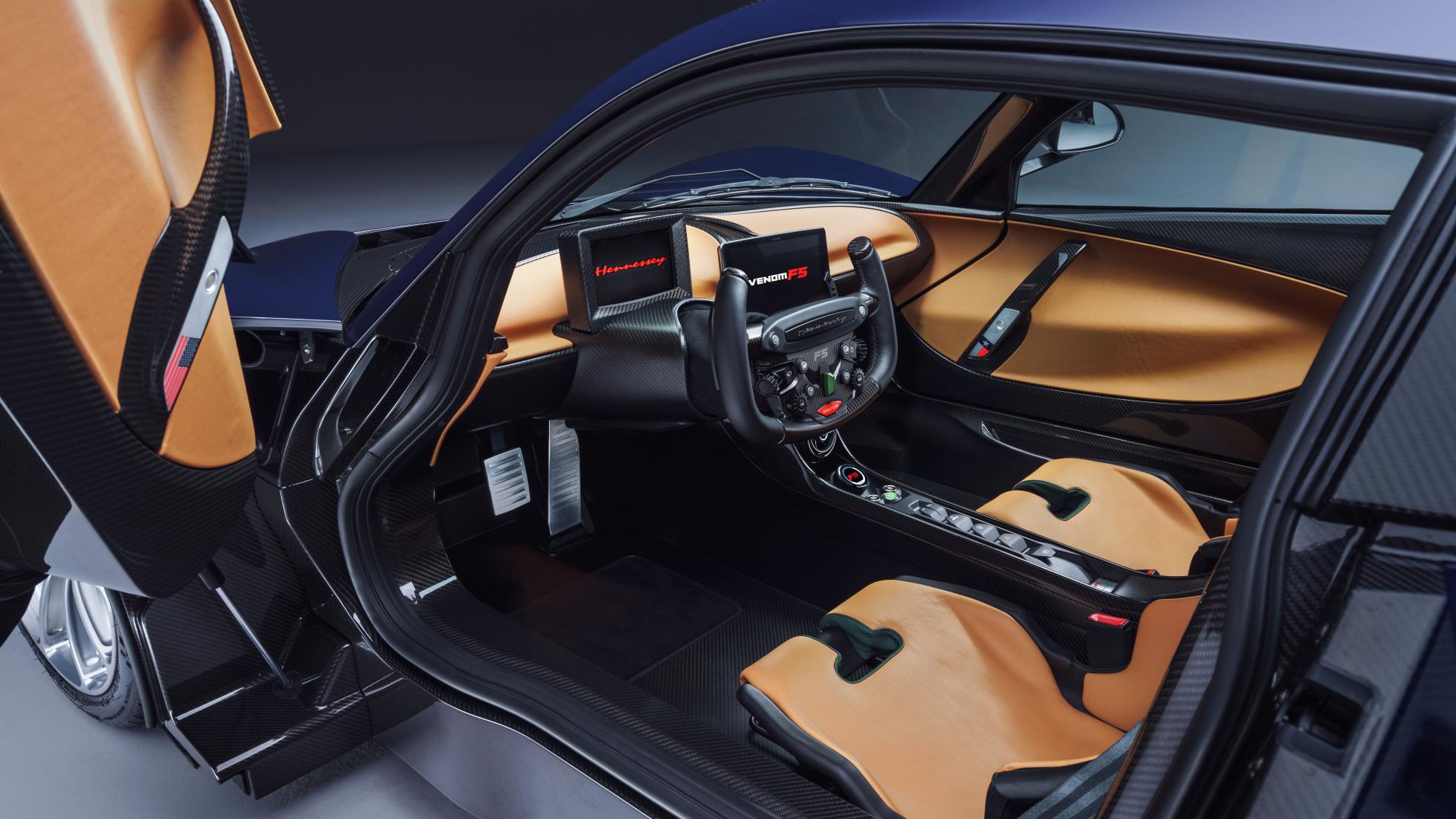
The seats are skeletal carbon, layered with just enough padded leather to make road trips feasible – if you can cram your pants and toothbrushes behind the seats, into the glovebox in the passenger footwell, or into one of the many cubby holes carved into the carbon sills and central spine. There’s an immensely satisfying snap to the paddles, a central screen for all your Apple CarPlay/Android Auto needs, a physical dial for the air-con and a handful of switches on the centre console, The rest (headlights, wipers, engine start, driving modes) are all crammed onto the wheel in front of your face.
Three of those five modes - Wet, Sport, Track – do what you’d expect, gradually cranking up/loosening off the ESC, ABS and power delivery, while the other two are a bit more involved. Drag is about taming the power to get the best launch off the line, but also using the hydraulic nose lift system to tip the weight back and improve traction at the rear. F5 Vmax will be the only mode where the full 1,792bhp is unleashed… but to unlock it you’ll need to compete a day of driver training with Hennessey. “Just pitching owners the keys would be irresponsible,” says John, smiling.
So the Venom F5 is about as delicate as a wrecking ball to the face, and we’ll have to drive it before we can tell you whether it moves the game on in ways other than that monumental top speed, but as an expression of taking the mid-engine supercar to previously unimaginable places, as a perfect encapsulation of an excess all areas approach, it looks untouchable. Only in America…
Words: Jack Rix

